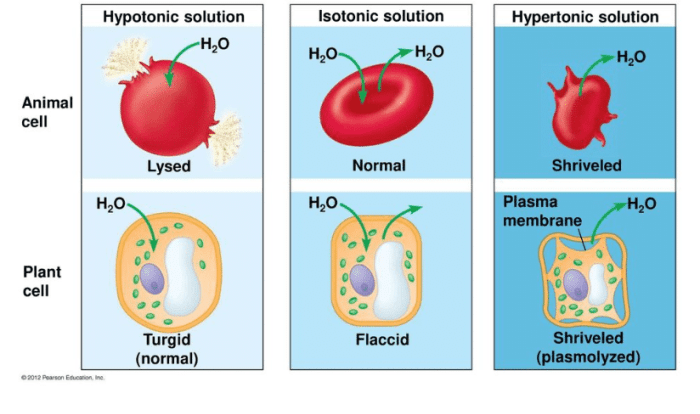Enzymes Graphing Critical Thinking and Calculating Reaction Rates Answer Key: Embark on a journey into the fascinating world of enzymes, where critical thinking and mathematical prowess converge to unravel the secrets of enzyme behavior. This comprehensive guide equips you with the knowledge and tools to decipher enzyme data, enabling you to understand their intricate mechanisms and their impact on biological processes.
Delve into the fundamentals of enzymes, their diverse roles in metabolism, and the factors that govern their activity. Explore enzyme kinetics, the mathematical framework that quantifies enzyme-catalyzed reactions, and learn how to interpret graphical representations of enzyme data to extract valuable insights.
Enzymes and their role in chemical reactions: Enzymes Graphing Critical Thinking And Calculating Reaction Rates Answer Key

Enzymes are biological catalysts that accelerate chemical reactions in living organisms. They are highly specific proteins that facilitate the conversion of substrates (reactants) into products without being consumed or permanently altered in the process. Enzymes play crucial roles in various metabolic pathways, including digestion, energy production, and DNA replication.There
are numerous types of enzymes, each with a unique structure and function. Some common examples include:
- Amylase: Breaks down starch into sugars
- Protease: Digests proteins
- Lipase: Breaks down fats
- DNA polymerase: Synthesizes DNA during replication
li>ATPase: Hydrolyzes ATP to release energy
Enzymes lower the activation energy of reactions, allowing them to proceed more rapidly at physiological temperatures. They achieve this by providing an alternative pathway with a lower energy barrier. Without enzymes, many essential biochemical reactions would occur too slowly to sustain life.
Essential Questionnaire
What is the significance of enzyme kinetics in understanding enzyme behavior?
Enzyme kinetics provides a quantitative framework for studying enzyme-catalyzed reactions, allowing researchers to determine the kinetic parameters that govern enzyme activity. These parameters, such as the Michaelis-Menten constant and the maximum reaction rate, provide insights into the efficiency and specificity of enzymes.
How does critical thinking contribute to enzyme analysis?
Critical thinking skills are essential for interpreting enzyme data and drawing meaningful conclusions. By critically evaluating experimental design, considering potential sources of error, and applying logical reasoning, researchers can ensure the accuracy and reliability of their findings.


